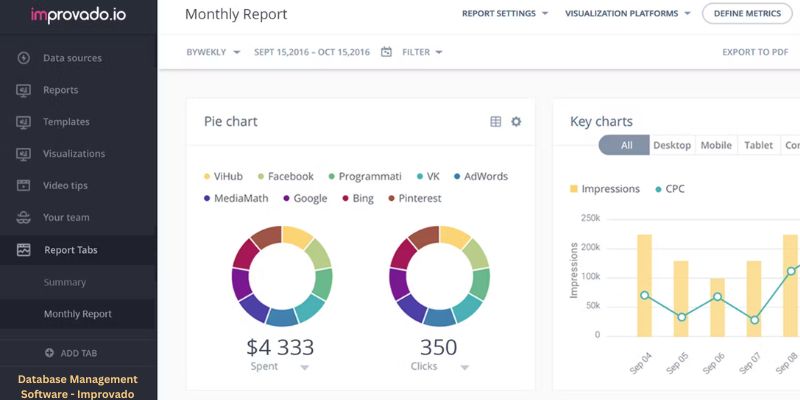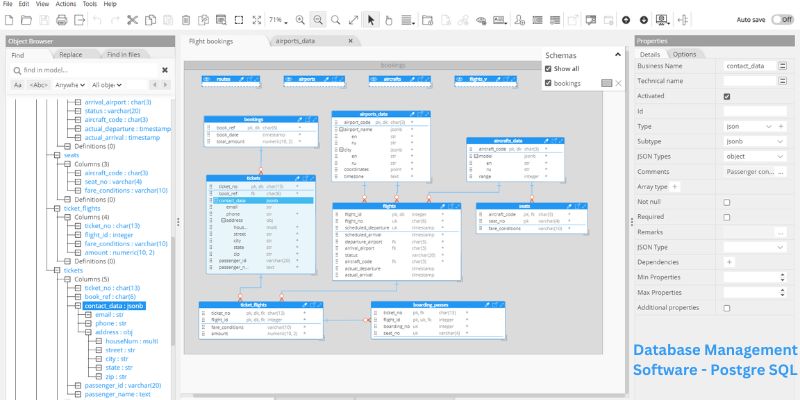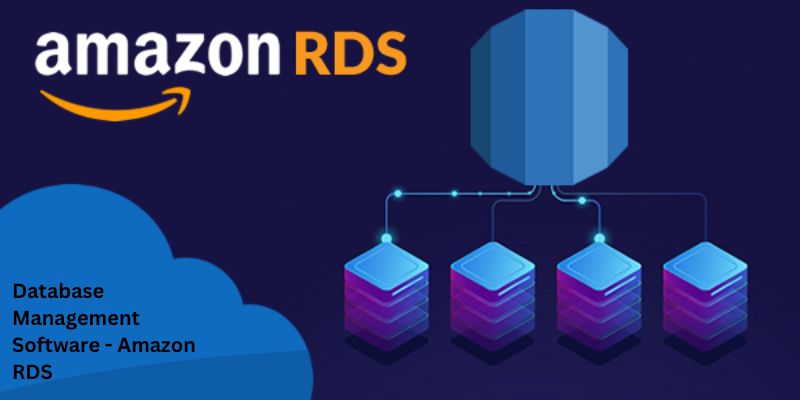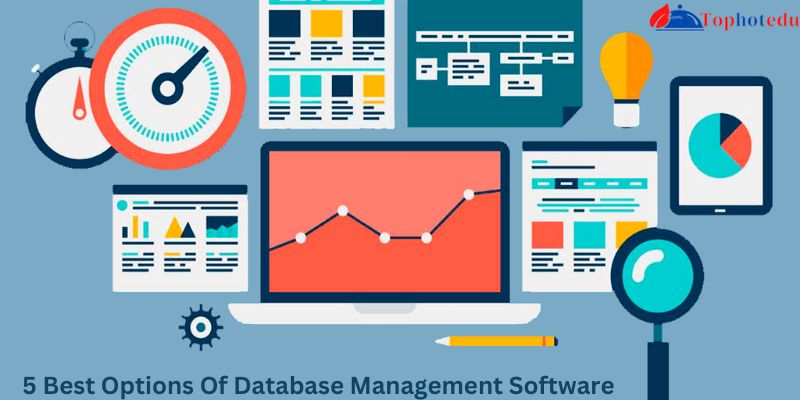Introducing a powerful tool that can revolutionize the way you handle your data. With its advanced features and user-friendly interface, this software offers a seamless experience for managing databases. Whether you’re a small business owner or a data analyst, this tool provides the flexibility and efficiency you need to stay organized and make data-driven decisions. Stay tuned as tophotedu.com dive into the world of database management software and explore its endless possibilities with some useful technology information below!.
Contents
1. Database Management Software – Improvado

Improvado is a ground-breaking DBMS program for revenue data that integrates database and ETL functions. Through centralized storage, the platform compiles marketing and sales insights from more than 500 data sources.
It’s necessary to align and unify data obtained from many platforms. To ensure the best quality of insights for next analysis, Improvado offers automatic data purification and transformation features.
Marketing and sales teams are no longer restricted to a single storage solution thanks to Improvado. The platform gives users access to managed DBMSs such as BigQuery, Snowflake, or Clickhouse.
The key distinction for marketers is that managing DBMSs does not need technical know-how or human resources. Teams receive a fully functional, zero-code interface where they may work. Additionally, compared to common data warehouse systems, Improvado is more affordable and designed for sophisticated data transformations.
Pricing at Improvado is based on customer demands and corporate goals. The amount of data sources you want to use and any other features you might require will determine the ultimate cost. For a product demo and an estimate tailored to your unique use case, get in contact with Improvado’s analytics specialists.
2. Database Management Software – Microsoft SQL Server
Microsoft’s SQL Server is among the leading DBMSs currently in use. Undoubtedly, a substantial user base is attracted to the product by its “free” branding. Customers’ valuable time was saved years ago by its carefully built graphical integration of the best database designs. A project library, whether it is brand-new or previously exists, may be swiftly updated with the diagrams you make using this tool.
Using the Object Explorer tool, end users may see how the tables are created. The Template Explorer, on the other hand, is a set of script objects that may be used to search for certain names within the database system. The SQL Server creates unique containers that allow views and scripts for a linked object or group to be mixed. If you are interested in similar topics, you can also refer to Car Rental Management Software
3. Database Management Software – Postgre SQL

The open-source DBMS system draws interest because to its exciting indexing and configuration capabilities. The best option is Postgre SQL if you often import or export data as part of business operations.
Currently, Postgre SQL supports JSON and the Python programming language. It is a relational database system, although users are allowed to create NoSQL databases. A vast variety of plug-ins have also been created by the open-source community to increase the functionality of the program.
Benefits And Drawbacks:
- Administration and storage of larger amounts of data.
- More secure than other methods of processing data.
- The availability of useful learning resources, such as tutorials.
- The inclusion of tiny datasets is slowed considerably by the tool’s sophistication.
- The program installation and configuration might take a while.
4. Database Management Software – My SQL
My SQL is an effective tool for processing data quickly and productively. The tool will increase the security and scalability of your databases. An instrument that is consistently inexpensive offers technical support and reduces potential risks. Additionally, sophisticated MySQL business applications may be installed on busy commercial websites.
Benefits And Drawbacks:
- Without any prior programming experience, the fundamental functionalities are simple to understand.
- Because it is open-source, users have total flexibility to alter the data.
- The low-cost structure is ideal for small firms and entrepreneurs.
- Compatible with current DBMS practices in the industry.
- Integration with Apache web servers in a flash.
- Data development may be tailored for both light and heavy applications.
- Even after a refresh or restart, queries might become stuck.
- The use of third-party add-ons is overused.
- In Linux OS, data processing might get challenging.
5. Database Management Software – Amazon RDS

One of the top DBMS tools is Amazon RDS, or Relational Database Service. It backs up your data automatically thanks to an inherent function and has a dedicated protected connection. It may also resize any database activity you perform.
Benefits And Drawbacks:
- Users may perform large workloads in a single database.
- You are responsible for paying for the materials you used.
- It may be used to access databases running on Microsoft SQL, Oracle, or MySQL.
- Programmers that need adaptability and scalable storage choices are drawn to point-in-recovery.
- It only offers a few auto-scale settings.
- No access to the actual server to inspect the server logs.

